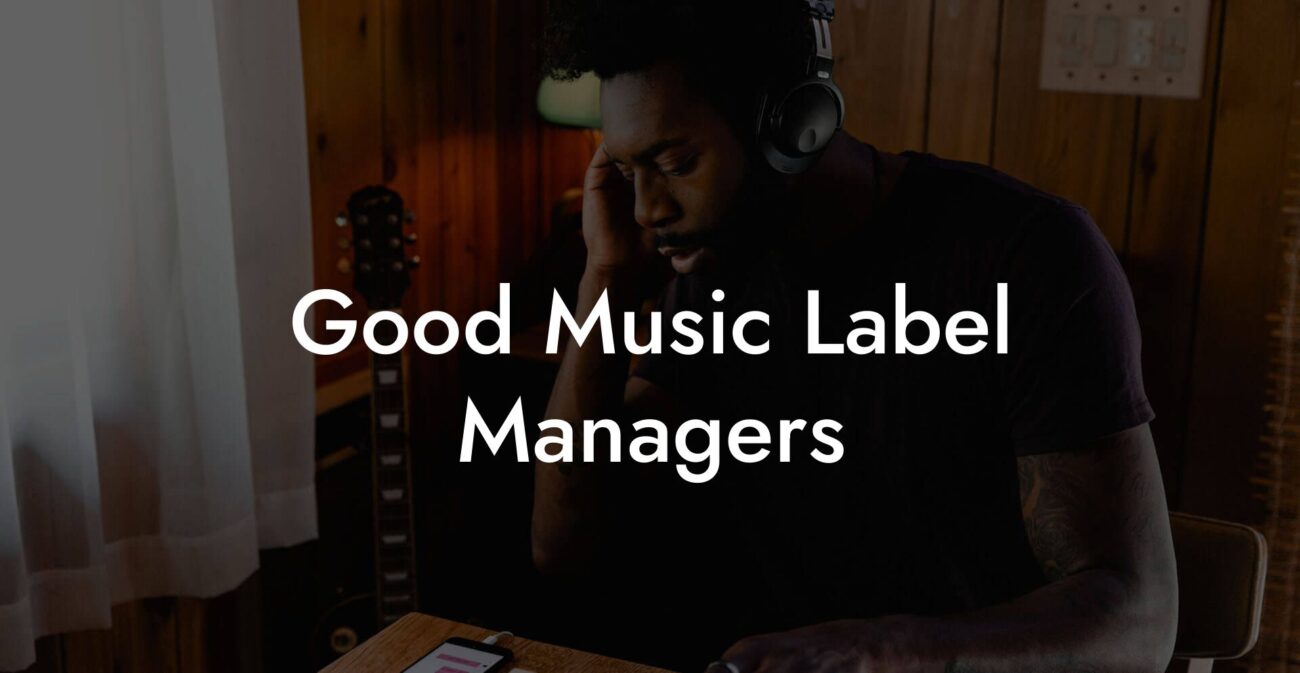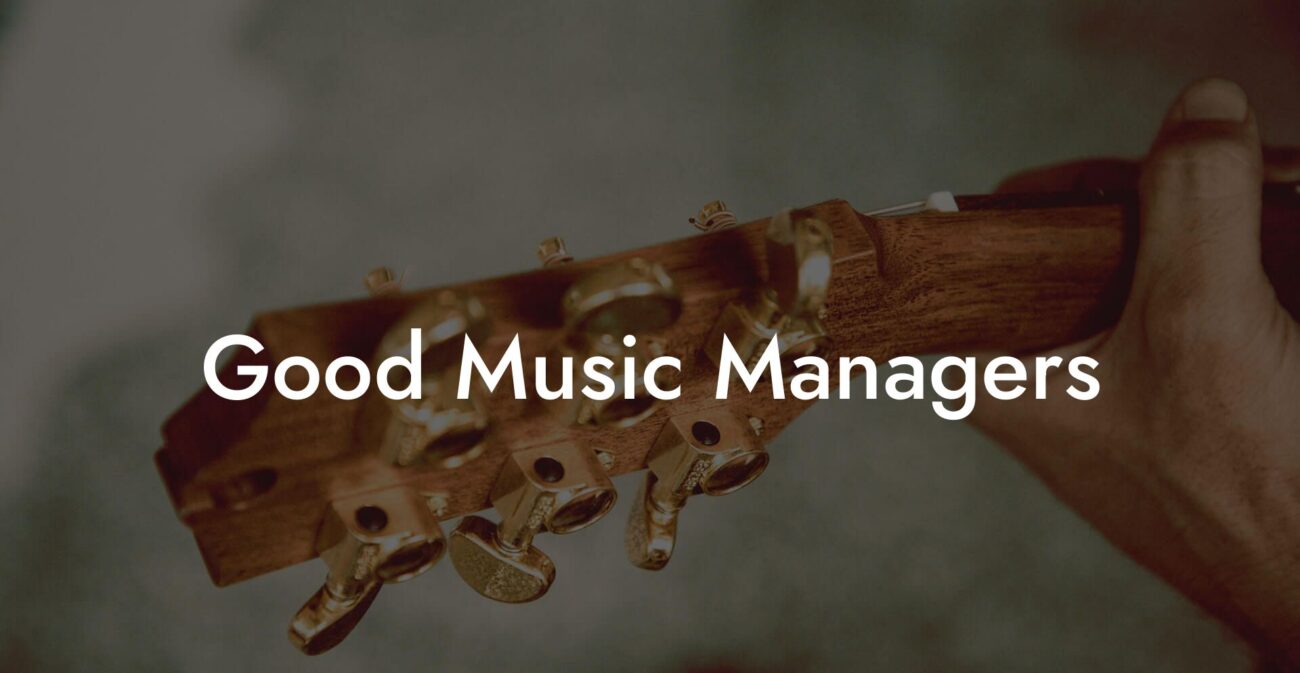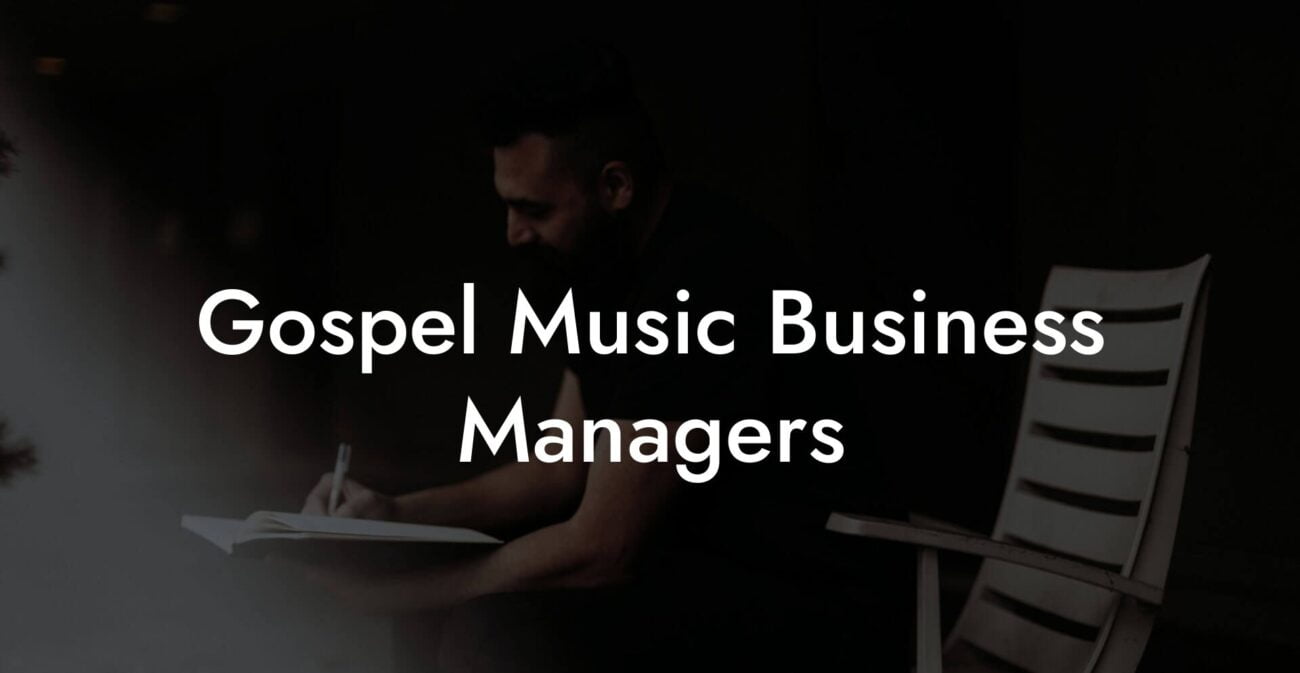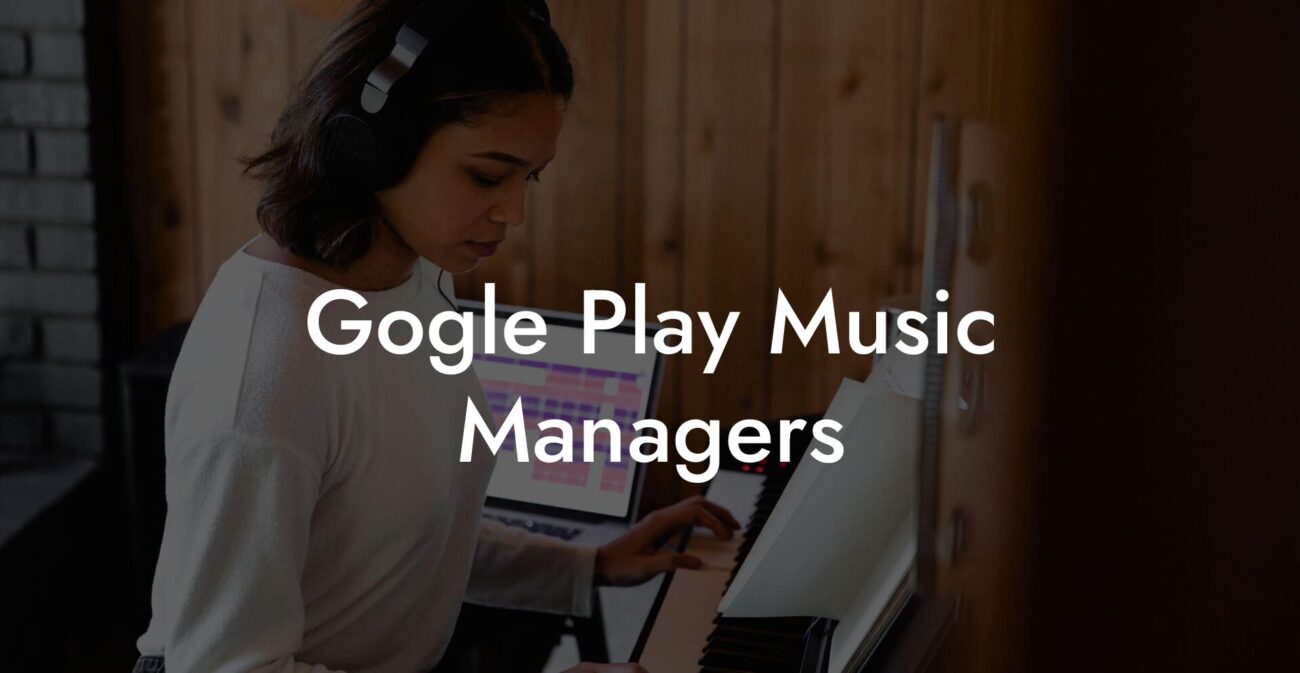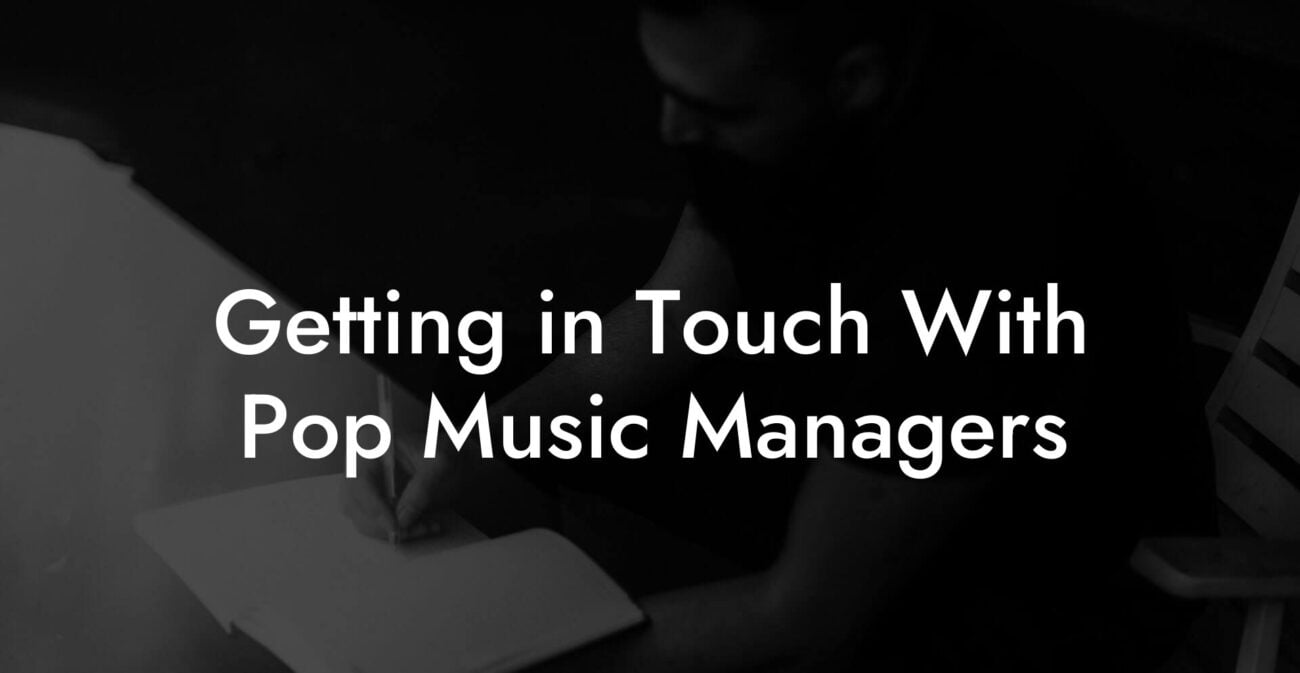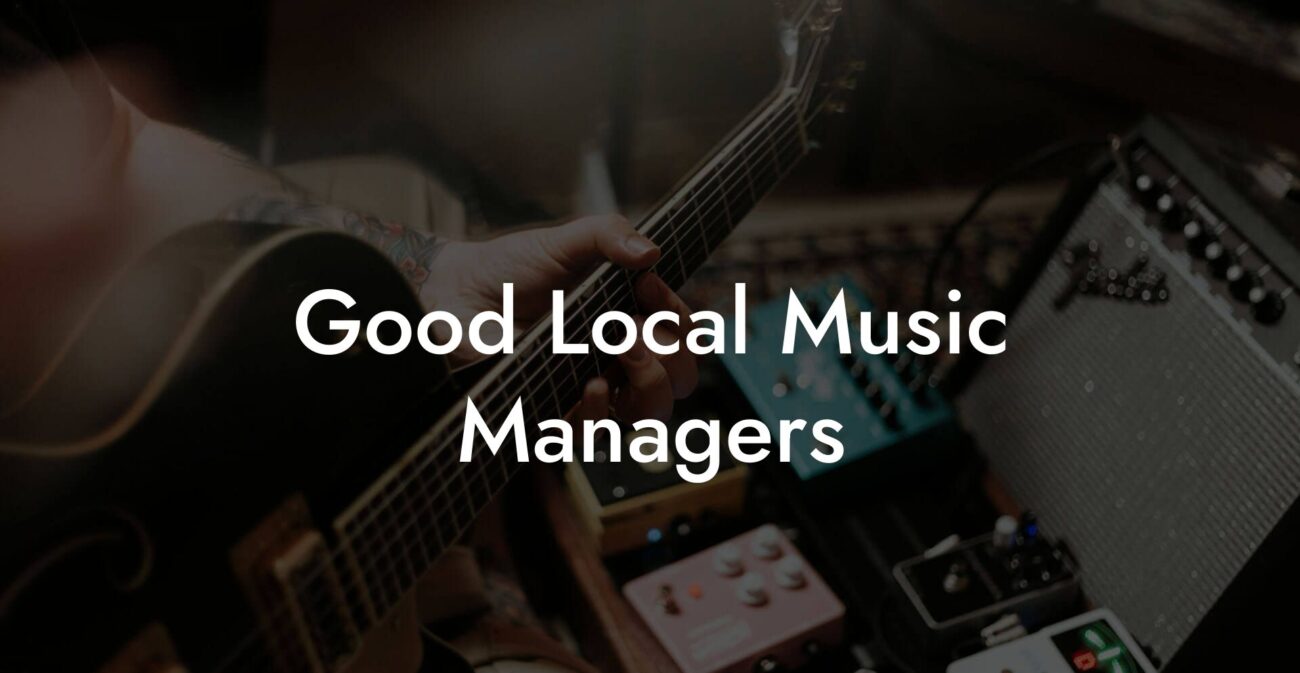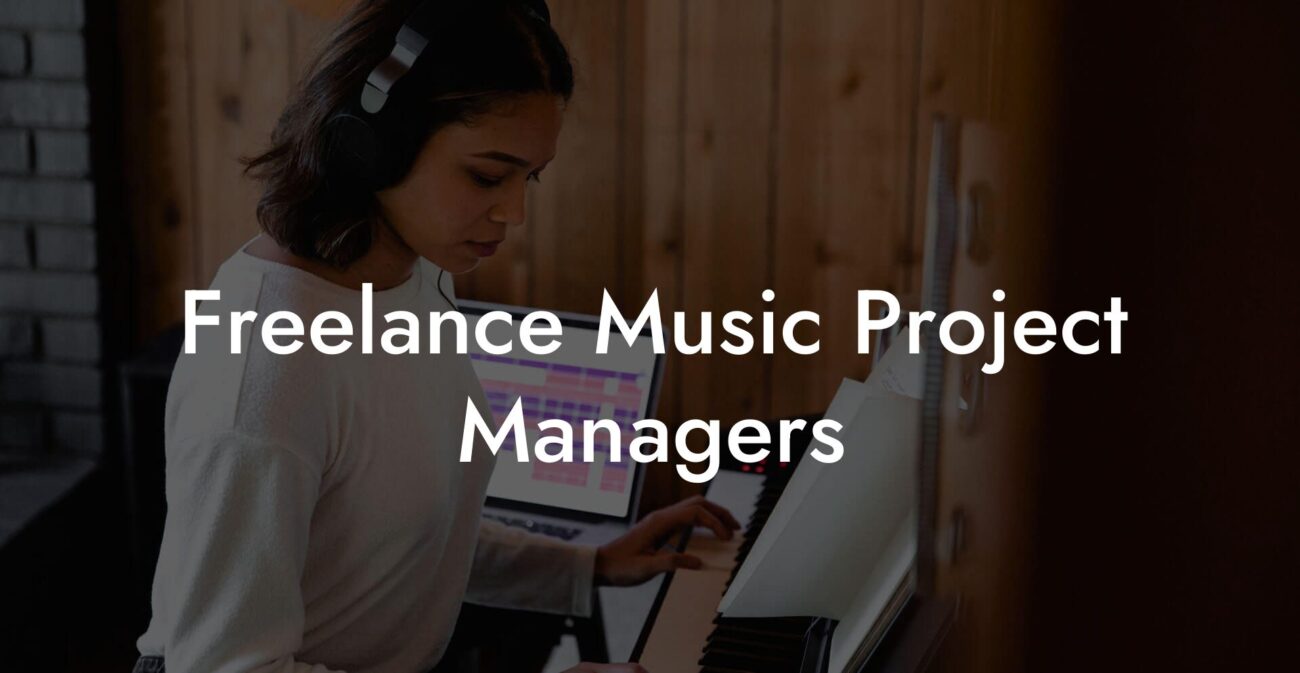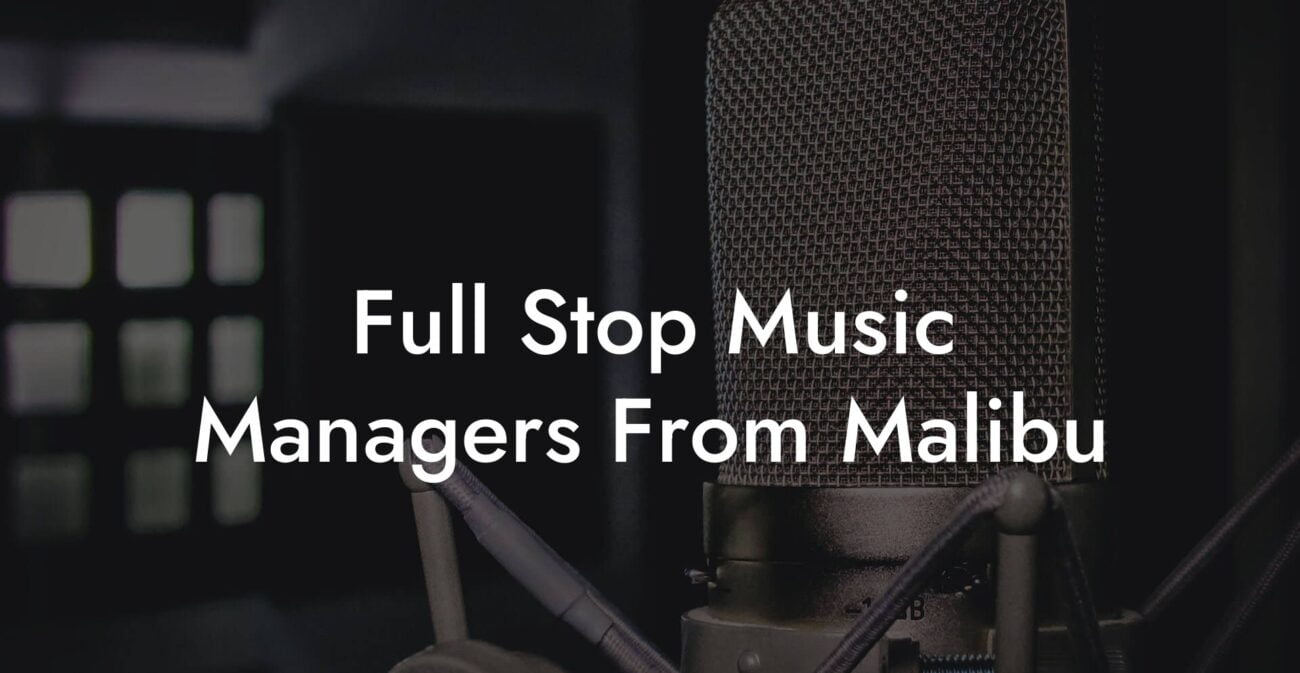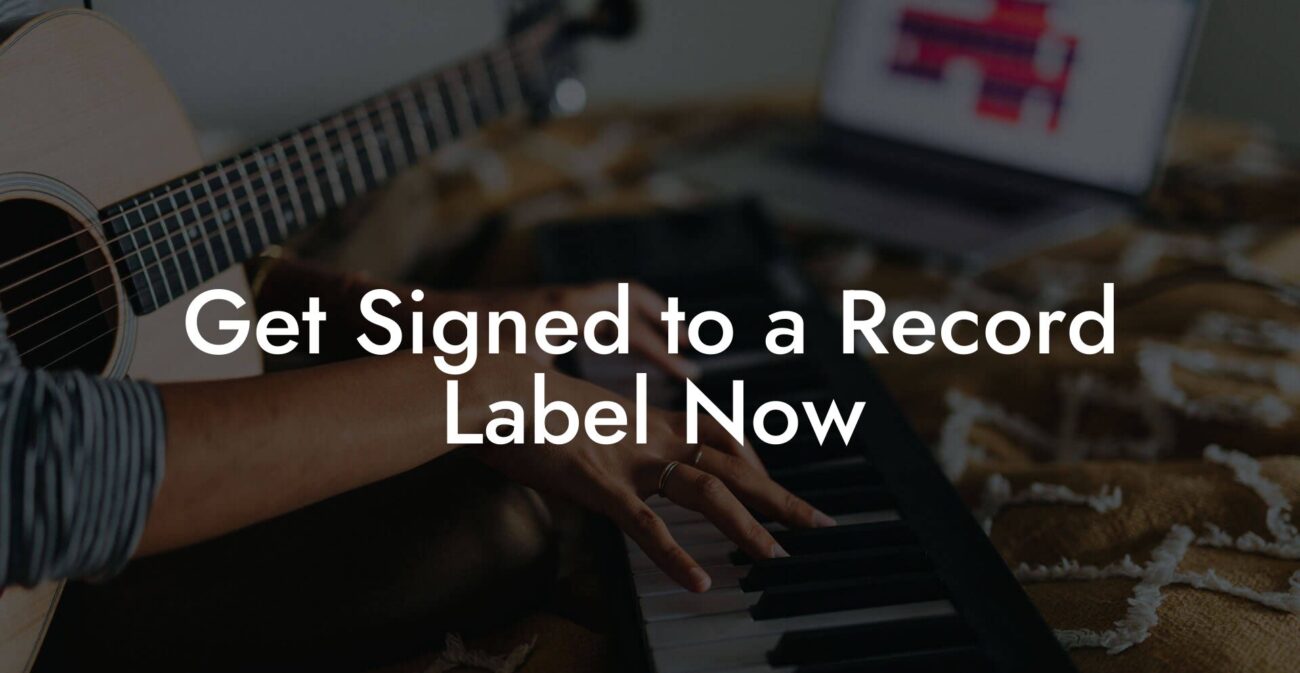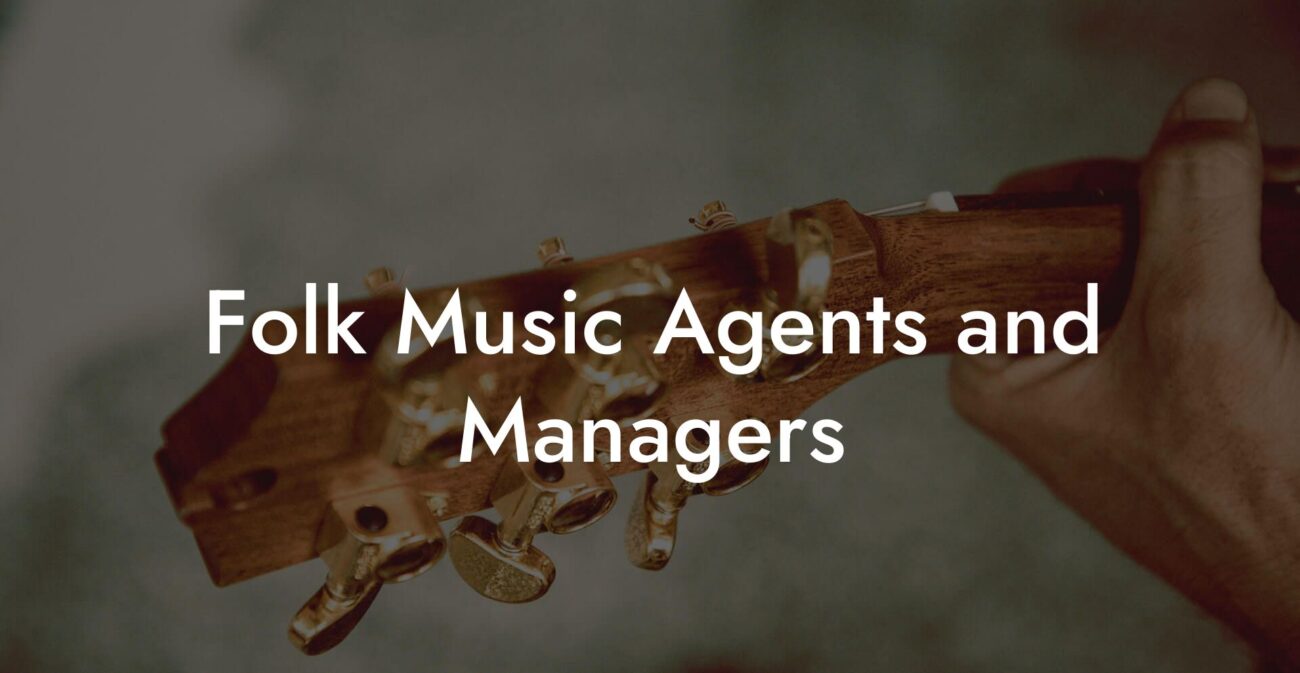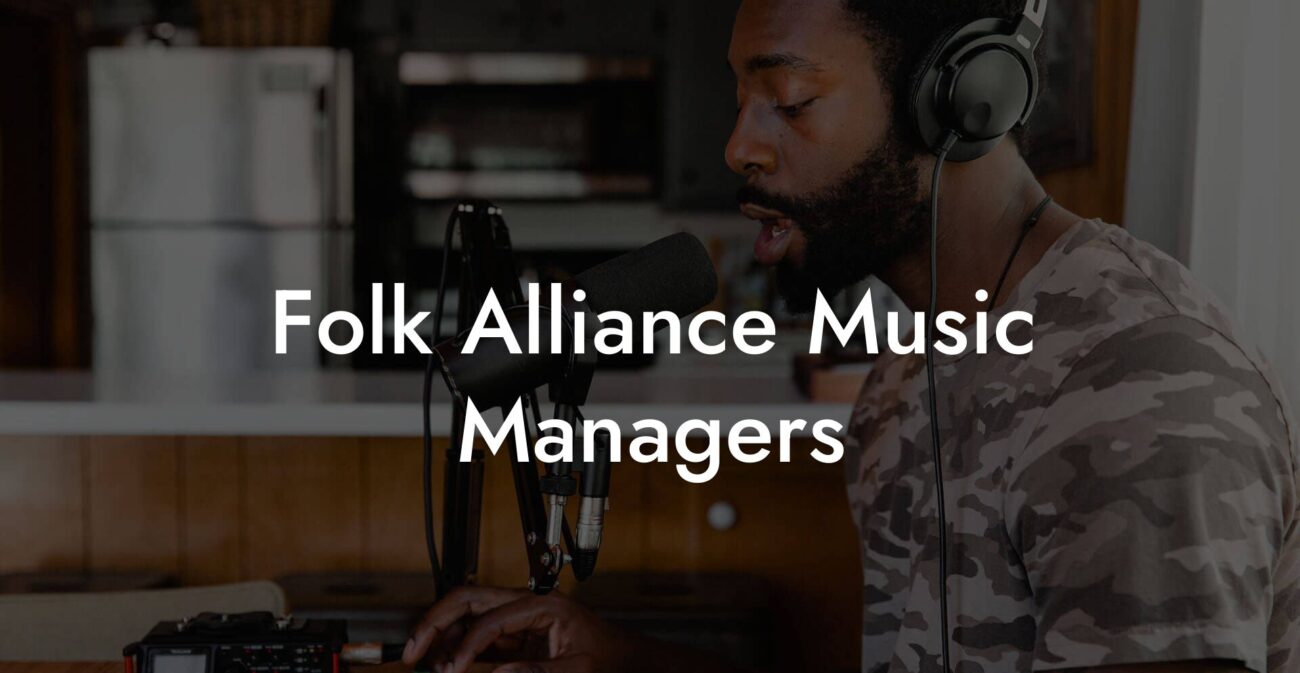Songwriting Advice
How to Make Psychedelic Music: Tips and Techniques
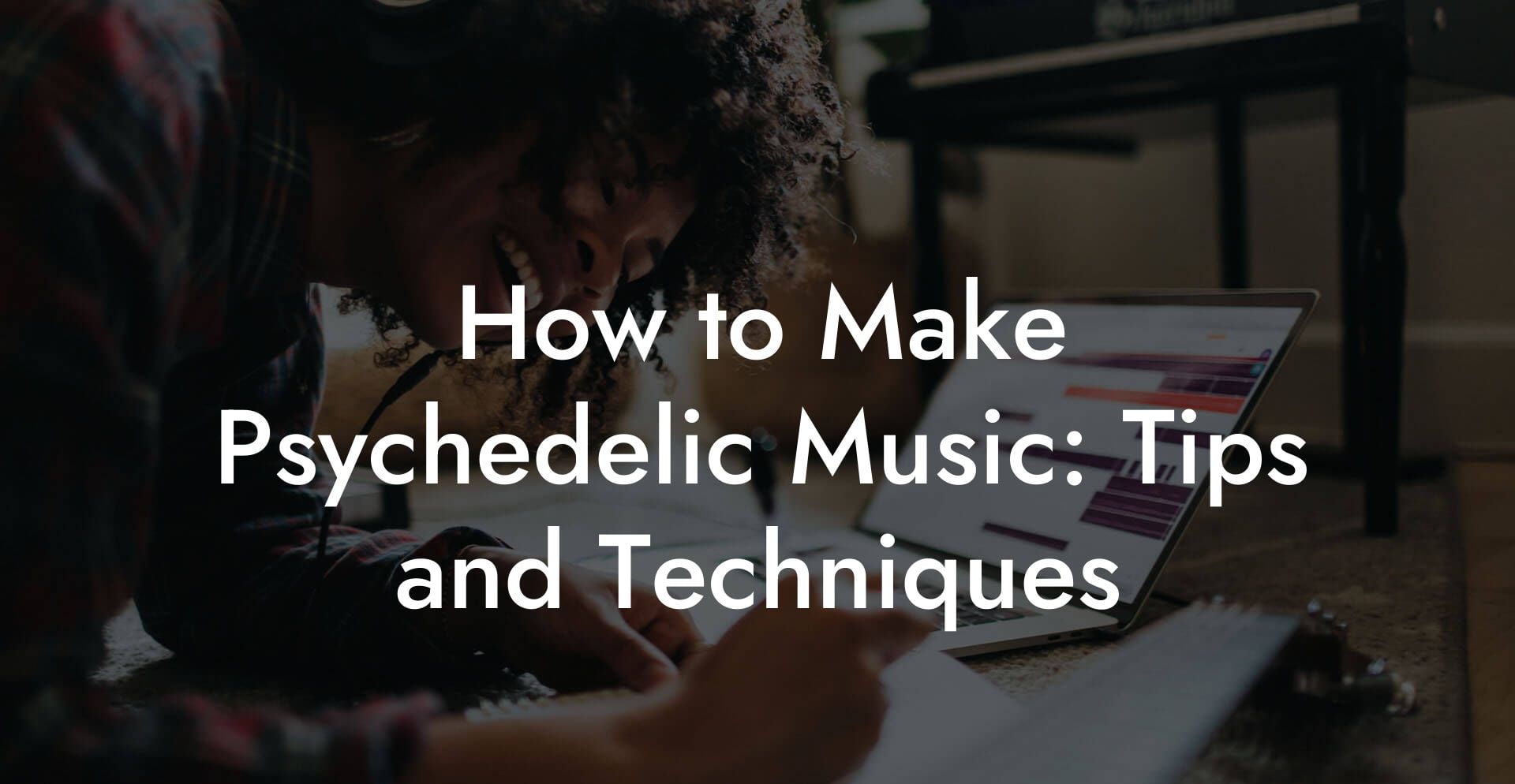
You want to make music that warps reality without needing a PhD in wizardry. You want textures that crawl behind the ears and grooves that feel like velvet gravity. You want vocals that sound like someone whispered the truth inside a tunnel. This guide is the field kit for making psychedelic music that actually moves people and does not just sound like weird reverb on drums. It covers sound design, arrangement, vocal treatment, mixing, gear, live tips, and how to keep things human and catchy while being cosmic.
Quick Interruption: Ever wondered how huge artists end up fighting for their own songs? The answer is in the fine print. Learn the lines that protect you. Own your masters. Keep royalties. Keep playing shows without moving back in with Mom. Find out more →
Quick Interruption: Ever wondered how huge artists end up fighting for their own songs? The answer is in the fine print. Learn the lines that protect you. Own your masters. Keep royalties. Keep playing shows without moving back in with Mom. Find out more →
Quick Links to Useful Sections
- What Is Psychedelic Music
- Start With a Conceptual Map
- Tempo, Groove, and Forms That Work
- Sound Design Essentials
- Create a Drone Foundation
- Build Evolving Pads
- Use Granular Synthesis for Surprises
- Field Recordings and Foley
- Effects That Define Psychedelic Sound
- Delay
- Reverb
- Modulation Effects
- Pitch Modulation and Time Stretch
- Granular Delay and Glitch Plugins
- Harmony, Scales, and Chords
- Arrangement and Structure
- The Journey Map
- Repetition With Movement
- Transitions That Feel Organic
- Writing Psychedelic Lyrics and Vocal Performance
- Vocal Treatment Recipes
- Percussion and Groove Design
- Mixing Tips for Clarity and Mystery
- EQ and Masking
- Stereo Image and Mid Side
- Saturation and Tape Emulation
- Automation Is Your Best Friend
- Mastering Pointers
- Live Performance and Recreating Textures
- Practical Workflows and Exercises
- Gear and Plugin Recommendations
- Common Mistakes and How to Fix Them
- Real Life Scenarios and Recipes
- Bedroom Producer Late Night Recipe
- Band Setting for Live Psychedelic Set
- How to Keep Your Psychedelic Music Fresh
- Psychedelic Music FAQ
This manual is written for bedroom producers, band leaders, and curious beat makers who love color, texture, and a little controlled chaos. Expect clear workflows, real world examples, plug in suggestions, and tiny jokes to keep your brain awake between reverbs.
What Is Psychedelic Music
Psychedelic music is a style and an aesthetic that aims to expand the listener s perception. It often uses extended ambience, unusual timbres, repetitive structures that evolve slowly, and production techniques that create space and motion. The term originally related to the 1960s movement in rock and jazz that borrowed from non western scales, studio experimentation, and mind bending textures. Today psychedelic music includes electronic, hip hop, indie, and ambient forms. The through line is atmosphere and transformation. It feels like a journey rather than a checklist.
Quick translation of common terms
- DAW means Digital Audio Workstation. That is your music software like Ableton Live, Logic Pro, FL Studio, or Reaper.
- LFO means Low Frequency Oscillator. It is a control signal that makes things wobble automatically. Use it to make delays, filters, or pitch move over time.
- Granular synthesis chops audio into tiny grains and plays them back in new patterns. This is a main weapon in the psychedelic toolkit.
- Convolution uses recorded spaces as reverb. It can place a sound inside a cathedral or inside a coffee mug. Both are useful.
- Modulation means automated movement. It can be subtle tremble or full on sonic seasickness. Both are useful if used with taste.
Start With a Conceptual Map
Psychedelic songs work best when you plan the trip. This is not a rigid map but a mood board. Pick three words that describe the desired experience.
Examples
- Slow, warm, drifting.
- Bright, jittery, cosmic.
- Haunted, groovy, intimate.
Those words guide choices for tempo, instrumentation, and effects. If your three words are warm, drifting, intimate, you will favor soft synth pads, gentle tape saturation, close vocals with reverb tails, and slow tempo. If your words are bright, jittery, cosmic you will favor metallic textures, short patterned delays, fast LFOs, and higher tempos.
Tempo, Groove, and Forms That Work
Psychedelic music is not a tempo cult. It lives across BPM ranges. Here are reliable zones.
- 40 to 70 BPM. Great for slow drift and ambient psychedelia. Feels like moving through syrup. Use long reverb tails and slow LFOs.
- 70 to 100 BPM. The sweet spot for trippy downtempo, slow hip hop, and moody psychedelic pop. Tight but expansive.
- 100 to 140 BPM. For psychedelic electronic acts who want more energy. Think jogging through kaleidoscopes.
Groove matters more than exact BPM. If you want the track to feel hypnotic, lock a repetitive pattern and keep changes sparse and meaningful. If you want it to feel chaotic but coherent, create two opposing grooves and move between them.
Sound Design Essentials
Sound design makes psychedelic music sound psychedelic. You need drones, evolving pads, textured percussive elements, and organic noise. Here are practical steps.
Create a Drone Foundation
A drone is a long sustained sound that anchors the track. Make a drone from a synth pad, a reversed guitar, or a field recording processed heavily. Keep it low in the mix at first. Modulate a filter or add slow amplitude movement so the drone breathes. Use a pitch shifter set to cents to add subtle detuning for width. The drone does not compete with the melody. It creates atmosphere and harmonic context.
Build Evolving Pads
Start with a simple oscillator or two. Add a long attack and release so notes bloom and fade. Then add movement.
- Route an LFO to the filter cutoff and set a slow rate. This is subtle motion.
- Use random or sample and hold modulation for less predictable motion.
- Stack slightly detuned oscillators for that lush analog chorus effect.
Pro tip: Automate the LFO rate across sections to create a sense of acceleration without changing BPM.
Use Granular Synthesis for Surprises
Granular tools shred audio into micro samples. Drag a vocal take, a guitar phrase, or an environmental clip into a granular engine. Then move parameters.
- Short grain size with high density gives shimmer and metallic textures.
- Longer grain size and scattered position gives dreamy loops.
- Transpose and randomize grain pitch for unnatural harmonics.
A real life example: record yourself humming in a closet at 2 AM. Put that into a granular plugin, pull the grain position slowly back and forth, add a reverb tail, then automate the grain size so the hum breaks into glitter at the chorus.
Field Recordings and Foley
Record everyday sounds and treat them like instruments. Footsteps, coffee machine whir, a subway door slam, or a creaky window become textures when you pitch shift, time stretch, and blur them with reverb. Layer these under percussion for subtle complexity. Foley can humanize huge synthetic pads.
Effects That Define Psychedelic Sound
Some effects are practically psychedelic by definition. Here is how to use them effectively.
Delay
Delay is essential. Use ping pong delay to bounce sound across stereo space. Use tape style delay for warm repeats that degrade. Use gated delay for rhythmic patterns.
- Sync a dotted or triplet delay to the track tempo for rhythmic complexity.
- Use modulatable delay where the delay time wobbles with an LFO for warble.
- Automate feedback or filter on repeat to make the repeated signal change over time.
Reverb
Reverb shapes space. Short plate and spring reverbs are intimate and bright. Large hall reverb creates a cathedral effect. Convolution reverb uses real recorded spaces. Use reverb to place elements in different perceived depths. Add pre delay to keep initial attack clarity. Use long tails on pads and short tails on percussive elements. Automate reverb wetness for section changes.
Modulation Effects
Phasers, flangers, chorus, and tremolo are your swirl tools. They push frequencies around and create moving comb filters. Use them to make static sounds feel alive. Put a phaser on a pad to make it breathe. Put a flanger on a snare for a whoosh. Keep the mix amount tasteful unless you want the listener to experience disorientation.
Pitch Modulation and Time Stretch
Pitch shifting and extreme time stretching break sound in beautiful ways. Slice a vocal, shift a word up an octave and stretch it. Use formant shifting to preserve vowel characteristics while changing pitch. Time stretch a guitar phrase to create slow shimmering textures. Keep one element grounded so the listener has an anchor for orientation.
Granular Delay and Glitch Plugins
Use plugins that combine delay and grain processing for unpredictable results. Small manipulations can yield huge musical ideas. Resample those moments and treat them as new instruments.
Harmony, Scales, and Chords
Psychedelic harmony is often modal. Modes are scales related to a parent major scale but with different emphasis. Modes give a sense of movement that is not strongly major or minor.
- Dorian feels minor but has a brighter sixth. Good for soulful psychedelic vibes.
- Phrygian has an exotic, dark flavor. Great for heavier textures.
- Lydian raises the fourth and sounds floaty and spacey.
Use pedal points, which are held notes under changing chords. A static bass note while chords shift above can be hypnotic. Modal interchange, which means borrowing a chord from a related mode, gives color without sounding like standard pop progressions. Think of harmony as paint for your texture rather than the only structure.
Arrangement and Structure
Psychedelic tracks often resist verse chorus verse rules. That said, structure helps listeners commit. Consider these approaches.
The Journey Map
Think in arcs. Start with an entry motif to identify the track. Develop and add layers slowly. Introduce a peak moment with a melodic or rhythmic resolution. Let the track resolve by removing layers and returning to a motif. This creates a sense of travel and return.
Repetition With Movement
Repeat motifs, but always change one parameter. Move the filter cutoff slightly. Add a new rhythmic element. Switch the delay feedback. The brain likes pattern. The brain also likes surprising pattern. Use both.
Transitions That Feel Organic
- Reverse reverb swells lead into new sections.
- Automate a low pass filter sweep to reveal a chorus.
- Use granular stutters and small gap edits to create nervous energy before a drop.
Writing Psychedelic Lyrics and Vocal Performance
Lyrics in psychedelic music can be literal but often work better as impressionistic snapshots. Use sensory language. Use short images repeated like a charm. Keep grammar flexible. The voice can be intimate, eerie, or detached.
Vocal Treatment Recipes
Here are quick chains you can use and tweak.
Dreamy Close Vocal
- Record dry performance in a quiet room.
- Apply light EQ to remove low end under 120 Hz.
- Add tape saturation for warmth.
- Send to a convolution reverb with a small room impulse response, low wetness, and long tail on a parallel send.
- Add a short delay on a send, panned slightly opposite the reverb to create width.
- Duplicate vocal, detune duplicate by a few cents and pan for natural doubling.
Alien Choir
- Record multiple takes or duplicate one take and shift pitch by a third or fifth using formant preserved pitch shifter.
- Apply chorus and heavy reverb on separate buses.
- Use granular texture on a parallel bus for occasional shimmer.
- Automate the choir bus wetness for dramatic moments.
Microphone tip: close mics capture intimacy. Room mics add natural dimension. Record both and later choose how present you want the voice to be.
Percussion and Groove Design
Drums in psychedelic music can be tight and human or loose and hypnotic. Try hybrid approaches.
- Combine electronic kick with organic snare. The contrast gives weight and texture.
- Use shuffled percussion loops and layer small clicks, claves, or metallic sounds to create detailed micro rhythm.
- Sidechain a pad subtly to the kick to create a breathing feeling without heavy pumping.
Polyrhythms can add a feeling of imbalance in a musical way. For example, play a 3 beat loop over a 4 beat kick pattern and center moments where they align. That creates glued tension and release.
Mixing Tips for Clarity and Mystery
Mixing psychedelic music requires balance between clarity and blur. Make space for texture but keep important elements audible.
EQ and Masking
Use subtractive EQ to carve space. Drones can live in low mids. Keep lead elements like vocals and main melody clear in mids and highs. If two elements compete, try moving one slightly left or right in stereo field. Use dynamic EQ to tame problem frequencies that only appear occasionally.
Stereo Image and Mid Side
Use stereo widening on pads and textures. Keep bass and kick in the center for punch and translation to systems with mono playback. Mid side processing lets you adjust center elements separately from the sides. For example boost air in the sides to create shimmering width without making the bass lose focus.
Saturation and Tape Emulation
Saturation adds harmonics and glue. Tape emulation will slightly compress and round transients which is great for pads and busses. Use saturation on individual instruments and on the master bus but be careful. Too much will muddy the mix and remove the nuanced motion that your textures depend on.
Automation Is Your Best Friend
Automate everything that feels static. Delay feedback, filter cutoff, reverb decay, LFO rates, granular grain size. Automation creates life. It also gives you narrative control. If the chorus needs to feel like flying, automate pitch and width increases before the chorus and tighten them after.
Mastering Pointers
Mastering psychedelic music is about preserving dynamics and color. Loudness is less important than impact.
- Reference tracks in a similar subgenre to set tonal and loudness targets.
- Use gentle multiband compression to glue but retain motion in highs.
- Apply a light stereo enhancement but keep low end mono below 120 Hz.
- Avoid over limiting. Let peaks breathe to preserve transients that create motion.
Live Performance and Recreating Textures
Playing psychedelic music live requires decisions about what to perform and what to trigger.
- Use a hardware controller or MIDI pad for textures and loops.
- Resample complex effect chains into clips you can trigger. That reduces CPU load and keeps performances consistent.
- Consider guitar pedals like reverb pedals, delay pedals, and pitch shifting pedals. They provide hands on chaos and can be more interesting than the same plug in the same laptop forever.
- Have a human element. Even a simple live percussion or vocal effect can make the show feel alive.
Practical Workflows and Exercises
Here is a step by step workflow to make a psychedelic track from idea to demo.
- Create a two or three word mood map. Example: foggy, slow, radiant.
- Set BPM in DAW. Start with 80 and adjust after first loop if needed.
- Make a drone pad and drop it into the first track. Keep it sparse and move the cutoff with an LFO.
- Build a simple groove. Program a kick every bar and a shuffled hi hat pattern to taste.
- Add a melodic motif using a clean synth or guitar. Keep it short and repeatable.
- Record or import a field recording. Process it with granular synth and place it under the chorus.
- Make a vocal sketch, even if it s a hummed melody. Run that through a chain with reverb and granular delay. Duplicate and detune one copy for width.
- Create a transition using reversed cymbals, filter sweeps, and an increase in LFO rate.
- Arrange into sections with gradual addition and subtraction of layers. Keep changes meaningful and spaced.
- Mix with reference tracks and do a short master. Export a demo and let it breathe for 48 hours before making big changes.
Gear and Plugin Recommendations
You do not need expensive gear to make great psychedelic music. A decent interface, a good pair of headphones, and a few creative plugins take you far. Still, here are some helpful tools.
- Synths: Serum, Massive X, Pigments, or the free Vital for rich wavetable textures.
- Granular: Granulator II if you use Ableton, or standalone plugins like Output Portal or PaulStretch for extreme time stretch.
- Delays: Soundtoys EchoBoy, Valhalla Delay, or the free TAL-Dub for classic repeats.
- Reverbs: Valhalla VintageVerb for lush plates and halls, and a convolution reverb like Altiverb if you want real spaces.
- Saturation: Soundtoys Decapitator, FabFilter Saturn, or the free IVGI for subtle color.
- Creative: Soundtoys Crystallizer, iZotope Stutter Edit for glitch moments, and Eventide H9 style effects if you own hardware.
Hardware pedals to consider: a good reverb pedal like the Strymon BigSky, a tape echo style pedal, a pitch shifting pedal, and an analog delay. These give unpredictable happy accidents live.
Common Mistakes and How to Fix Them
Here are mistakes I see all the time and how to correct them fast.
- Too many competing textures. Fix by muting everything and adding back only the elements that serve the central mood map.
- Everything is drowning in reverb. Fix by using sends and keeping key elements drier. Use pre delay to preserve clarity.
- No anchor. If the listener gets lost, add a repeated rhythmic or melodic anchor that returns regularly.
- Overprocessing vocals. Fix by keeping a dry vocal track and layering processed duplicates. The dry track keeps intelligibility while processed layers add atmosphere.
- Mix lacks impact. Fix by checking mono compatibility, tightening the low end, and making sure the kick and bass do not fight in the same frequency range.
Real Life Scenarios and Recipes
Bedroom Producer Late Night Recipe
You are tired, the neighbor s bass sounds like whale mating calls, and you want to make something trippy before sunrise.
- Record three 10 second snippets of anything near you. Your kettle is valid art material.
- Load them into a granular plugin and set grain size small. Automate grain position slightly across 16 bars.
- Create a simple piano loop and add a plate reverb. Put the piano in the left channel and a reversed copy in the right channel with heavy delay.
- Program a slow kick and a snapped snare. Add a shaker loop for motion and sidechain the pad gently to the kick for space.
- Record a vocal hum. Duplicate, pitch shift one copy down, detune another copy, and send all to a chorus bus. Automate the chorus depth in the chorus only.
Band Setting for Live Psychedelic Set
You have a drummer, guitarist, keyboardist, and a singer. You want a live set that feels like a trip and still slams.
- Keep the rhythm tight with a click for the drummer. Use tempo locked delays and reverb tails triggered by MIDI when you want big washes.
- Guitarist uses multiple pedals for swells and textures. Use a looper to create layered drones that the band plays over.
- Keyboardist triggers pads and granular clips from Ableton. Keep one laptop as the texture hub.
- Singer uses a simple chain: EQ, compression, a short delay, and a large reverb send with an effects foot switch for big moments.
How to Keep Your Psychedelic Music Fresh
Listen to a wide range of music and steal like a tasteful pirate. Study non western scales, tape music, modular synthesis jams, and horror soundtracks for mood ideas. Keep experimenting. The moment a trick becomes predictable is the moment you should evolve it. Also stay ruthless in editing. A long track should still have reasons to exist. Every section must earn its minutes.
Psychedelic Music FAQ
Do I need expensive gear to make psychedelic music?
No. A laptop, a DAW, and a pair of headphones or monitors are enough to start. Creativity beats budget. Cheap microphones, humble plug ins, and field recordings are powerful tools. Hardware can add character and unpredictability but you can achieve pro sounding results with stock tools if you focus on arrangement and texture.
What plugins should I learn first?
Learn a granular sampler, a flexible delay, a good reverb, and a saturator. Those four tools produce most of the classic psychedelic effects. After that pick one modulation plugin and one spectral or pitch tool for color. Practice automating these to turn static presets into living sounds.
How do I make vocals sound trippy but still intelligible?
Use a dry center vocal for clarity and layer processed copies for atmosphere. Use short delays and a bit of pre delay on reverb to preserve attack. Use formant shifting to alter timbre without losing the consonants. Automate wetness so the processed layers breathe. If a line needs to be heard, pull back effects in that moment.
What scale is most psychedelic?
There is no single scale of psychedelia. Modes like Dorian, Phrygian, and Lydian are popular because they deviate from pure major or minor. Mixolydian gives a bluesy, trippy rock feel. Non western scales like the Hijaz or Raga modes also provide powerful color. Pick a mode that supports your mood map.
How do I avoid overdoing modulation?
Use movement for narrative not decoration. Ask if an LFO change supports the emotional arc. Automate modulation depth rather than leaving it static. Use parallel processing so you can blend wet and dry amounts. Trust your ears and take breaks to return to the mix with fresh perspective.
Can psychedelic elements work in pop songs?
Yes. Psychedelic textures can add uniqueness to pop without alienating listeners. Use trippy pads, unusual delays, or small pitch shifts in the chorus for flavor. Keep the song s core hook accessible. Think of psychedelia as seasoning, not the full meal unless you plan a full psych expedition.

